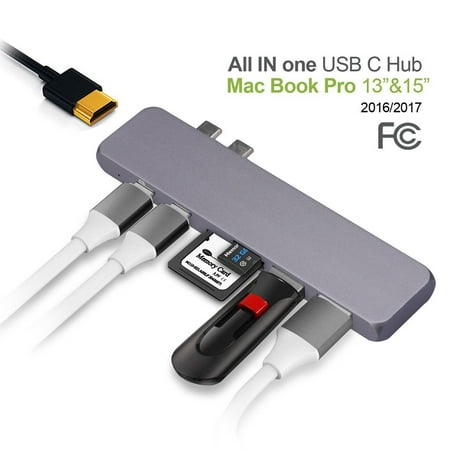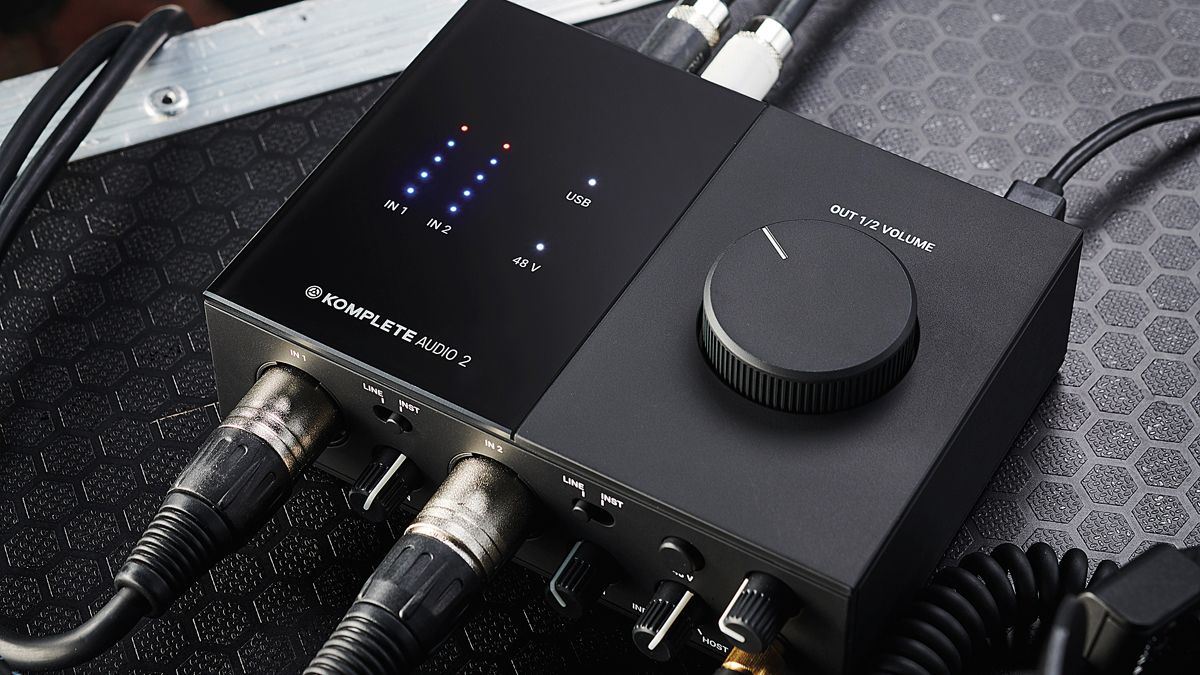Thunderbolt 3 offers a connection with state-of-the-art speed and versatility. Delivering twice the bandwidth of Thunderbolt 2, it consolidates data transfer, video output, and charging into a single compact connector. And with the integration of USB-C, convenience is added to the speed of Thunderbolt to create a truly universal port.
Thunderbolt 3 offers a connection with state-of-the-art speed and versatility. Delivering twice the bandwidth of Thunderbolt 2, it consolidates data transfer, video output, and charging into a single compact connector. And with the integration of USB-C, convenience is added to the speed of Thunderbolt to create a truly universal port. USB C HUB HDMI Type-C HUB To Hdmi USB 3.0 Thunderbolt 3 Card Reader For Macbook 2018 mate20 P30 glaxy S9 S10 USB C HUB. Type: USB Standards: USB 3.0 Ports: 12 x USB 3.0 Transfer Rate: 5Gbps Model #: 358kw Item #: 9SIANXVBVX1516 Return Policy: View Return Policy $60.05 –. Belkin USB 3.0 4-Port Hub + USB-C Cable - Previous Gallery Image Belkin USB 3.0 4-Port Hub + USB-C Cable - Next Gallery Image Belkin USB 3.0 4-Port Hub + USB-C Cable.
Supports up to four 4K displays or up to two 6K displays1
Connect new and existing devices
Thunderbolt 3 USB C Hub Adapter Multiport Type C Mac Pro Hub HDMI 4K, Gigabit MobilePC technicians have inspected all items to ensure we deliver the highest quality at the lowest prices. Our Thunderbolt 3 & USB-C docks allow you to connect multiple devices to a laptop through a single cable with high-speed data transfer rates. USB 3.0 4 Port Hub + USB-C™ Cable (USB Type-C™) $99.99 $89.99. 4-Port Powered Desktop Hub. Apple Device Accessories. Samsung and Android Device.
Apple Thunderbolt Hub
Blackmagic eGPU and eGPU Pro. More power to every pixel.
Blackmagic Design has created two external GPUs (eGPUs) ideal for your Thunderbolt 3–enabled Mac.2 So you can have desktop-class graphics performance without giving up the portability of a notebook. Housed in an all-in-one aluminum enclosure, Blackmagic eGPUs are powerful yet quiet, charge your Mac using Thunderbolt 3, and have built-in I/O connections to drive both a Thunderbolt 3 display and VR accessories simultaneously. Choose the Blackmagic eGPU to accelerate pro apps and enjoy supersmooth gaming or the Blackmagic eGPU Pro for the ultimate workstation-class graphics performance for your pro app workflows and VR content creation.
Buy Blackmagic eGPU
Buy Blackmagic eGPU Pro
Transferring data at speeds of up to 40Gb/s, which is two times faster than Thunderbolt 2 and eight times faster than USB 3, Thunderbolt 3 delivers the fastest connection to any dock, display, or device. You can also daisy-chain up to six Thunderbolt devices through a single port without needing a hub or a switch. So connecting a storage device to your computer, and then a display to your storage device, works as it’s meant to — with powerful throughput.8

Less than one minute to copy 25,000 photos
6K resolution. 20.4 million pixels.
One remarkable cable.
Thunderbolt 3 provides twice the display bandwidth of Thunderbolt 2, enabling your Mac to support up to four 4K displays or up to two 6K displays.1 Which means that with two Thunderbolt controllers in the 16-inch MacBook Pro, you can send graphics to dual 6K displays for the perfect high-resolution photo and video editing setup. Thunderbolt 3 connects to DisplayPort displays and monitors with a cable, while supporting HDMI and VGA displays with the use of an adapter.
With Thunderbolt 3, a single USB-C port can deliver power in both directions. So a port can charge a device or, alternatively, be charged by one. And it’s capable of delivering up to 100 watts of power, so a single cable can be used to connect to a dock or display and charge your MacBook Pro or MacBook Air simultaneously.
Up to 15W for
bus-powered devices
Up to 15W for bus-powered devices
Compatible with your existing devices.
Thunderbolt 3 with USB-C technology is a truly universal connection. With the help of an adapter or cable, you can connect just about any of your devices, including your existing Thunderbolt 2 devices.
Displays
Plug into displays using HDMI, VGA, DVI, DisplayPort, or Thunderbolt.

iOS Devices
Connect to iOS devices like iPhone and iPad.
Accessories
Use peripherals compatible with USB‑A, SD, Micro‑B, and Mini‑B.
Performance
Connect external graphics processors like the Blackmagic eGPU and external hard drives for extra storage.
The Thunderbolt 3 (USB-C) ports on MacBook Pro, MacBook Air, iMac Pro, iMac, and Mac mini are fully compatible with your existing devices and displays. Use the chart below to find out which adapter or cable you’ll need to connect to the ports on all your favorite devices.
Usb 3 Hub Mac Thunderbolt
Shop adaptersConnect to your Thunderbolt 3–enabled Mac using
Apple Thunderbolt 3 (USB-C) to Thunderbolt 2 Adapter
USB-C
USB-A
Lightning
Micro-B
Mini-B
Ethernet
HDMI
Apple USB-C Digital AV Multiport Adapter or
USB-C to HDMI adapter
DisplayPort

VGA
Apple USB-C VGA Multiport Adapter or
USB-C to VGA adapter
SD
DVI
Get the accessories, cables, and adapters you need.
Equipped with Thunderbolt 3, your Mac is ready to connect to a broad ecosystem of devices.
Shop all Mac accessoriesUsb Hub For Mac Pro
USB port types and names
USB (Universal Serial Bus) is an industry standard for connecting computers and other devices. It's available with many types of ports, and each type has a unique shape. On Mac computers, USB is available with these ports, depending on your Mac model:
USB-A
Type USB-A ports are commonly called USB, USB 2, or USB 3 ports, depending on the USB specification they support. They aren't reversible, so a USB-A connector plugs into the port only when oriented correctly.

USB-C
Type USB-C ports are available as either standard USB-C ports or Thunderbolt 3 ports that also support USB-C connections. They both look the same, and the connector plugs into the port in either orientation.
Learn more about identifying the ports on your Mac, as well as the adapters and cables you can use to connect older devices to type USB-C ports.
USB specifications
USB specifications are important primarily when you want the most speed and power for your USB device, or your device needs more power or is using too much power. Every USB port supports a particular USB specification, which determines the port's maximum>USB specifications on MacData transferPowerUSB 3.1 Gen 2
Also known as USB 3.2 Gen 2
Up to 10 GbpsUp to 15W at 5VUSB 3.1 Gen 1
Also known as USB 3.2 Gen 1 or USB 3
Up to 5 GbpsUp to 900 mA at 5VUSB 2.0
Up to 480 MbpsUp to 500 mA at 5VUSB 1.1
Up to 12 MbpsUp to 500 mA at 5V
To learn which specification is supported by a type USB-A or type USB-C port on your Mac model:
- Choose Apple menu > About This Mac, click Support, then click Specifications.
- Check the System Information app for more details, including about USB devices connected to USB ports on your Mac. Select USB in the sidebar, then select a USB bus on the right.
Get the best performance from your USB devices
USB specifications all work with each other, but speed and power are limited by the cable or device that uses the earliest specification. For example, if you connect a USB 3 device to USB 2 port, your device is limited to USB 2 speeds, and it can't draw more power from the port than can be delivered over USB 2. In other words, to get the best performance, make sure that the USB port on your Mac and the USB cable to your device meet or exceed the USB specification of the device itself.
If your Mac doesn't recognize a USB device after you plug it into your Mac:
- Check all connections: Unplug the device from your Mac, then plug it back in, and make sure that all cables and adapters are securely connected at both ends. Test with another cable or adapter, if available.
- Plug the device directly into your Mac instead of a USB hub or other device, and if necessary test with a different USB port on your Mac or device.
- Some devices need their own software, such as drivers or firmware. Others work without additional software. Check with the maker of your device, and install all available Apple software updates as well.
- If your device came with an AC power adapter, use it. Some devices can be powered by the USB port on your Mac. Others need more power than your Mac can provide.
- Restart your Mac.
Learn more
- USB 3 devices can create wireless interference that affects Wi-Fi and Bluetooth devices. Learn how to resolve Wi-Fi and Bluetooth issues caused by wireless interference.
- Mac notebook computers with USB-C or Thunderbolt 3 can charge over that port using a compatible USB-C power adapter and cable.
